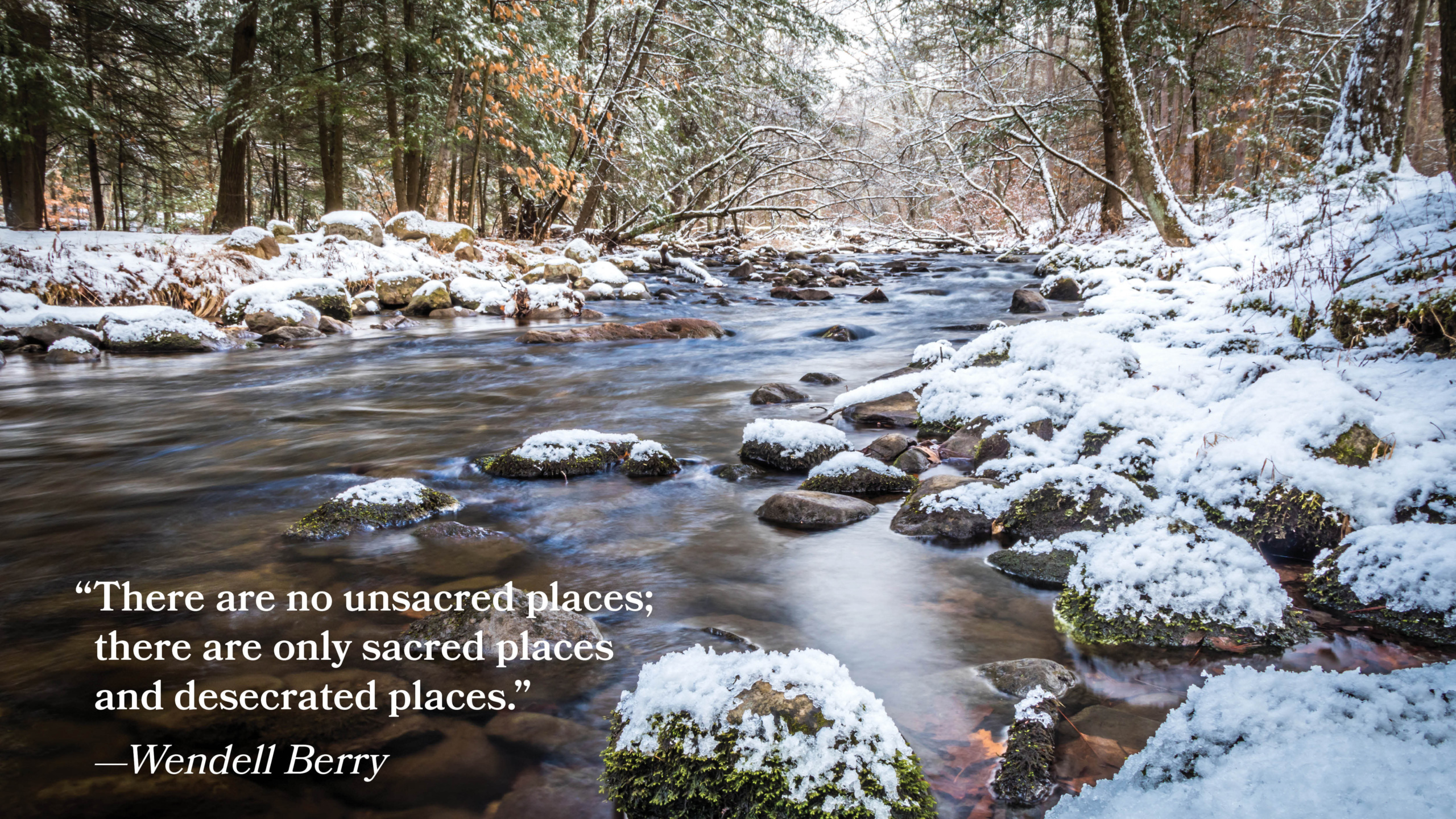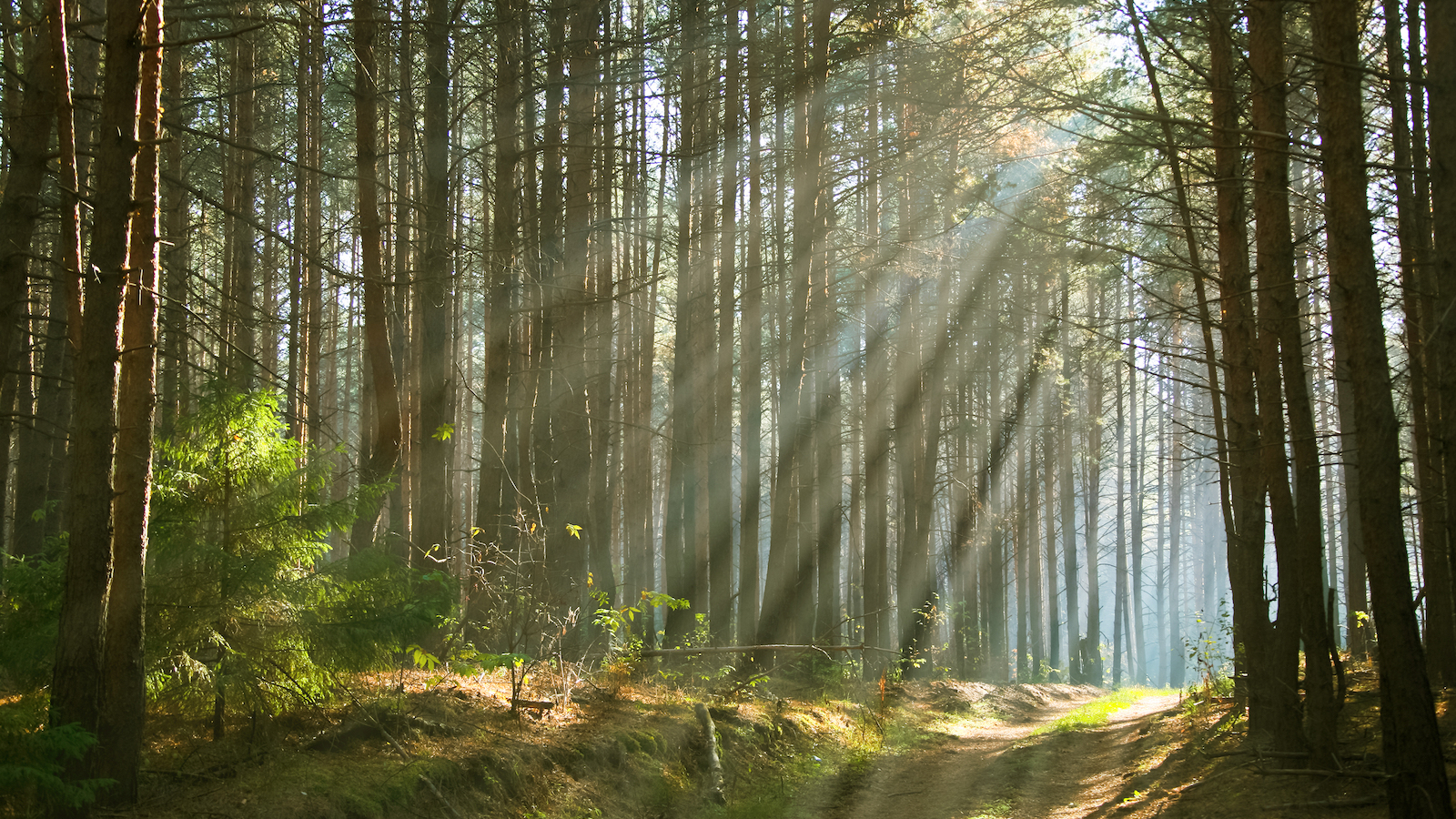
The secret communities of trees
Forests are more than just a collection of trees—they’re living, breathing communities. But they need our help to survive.
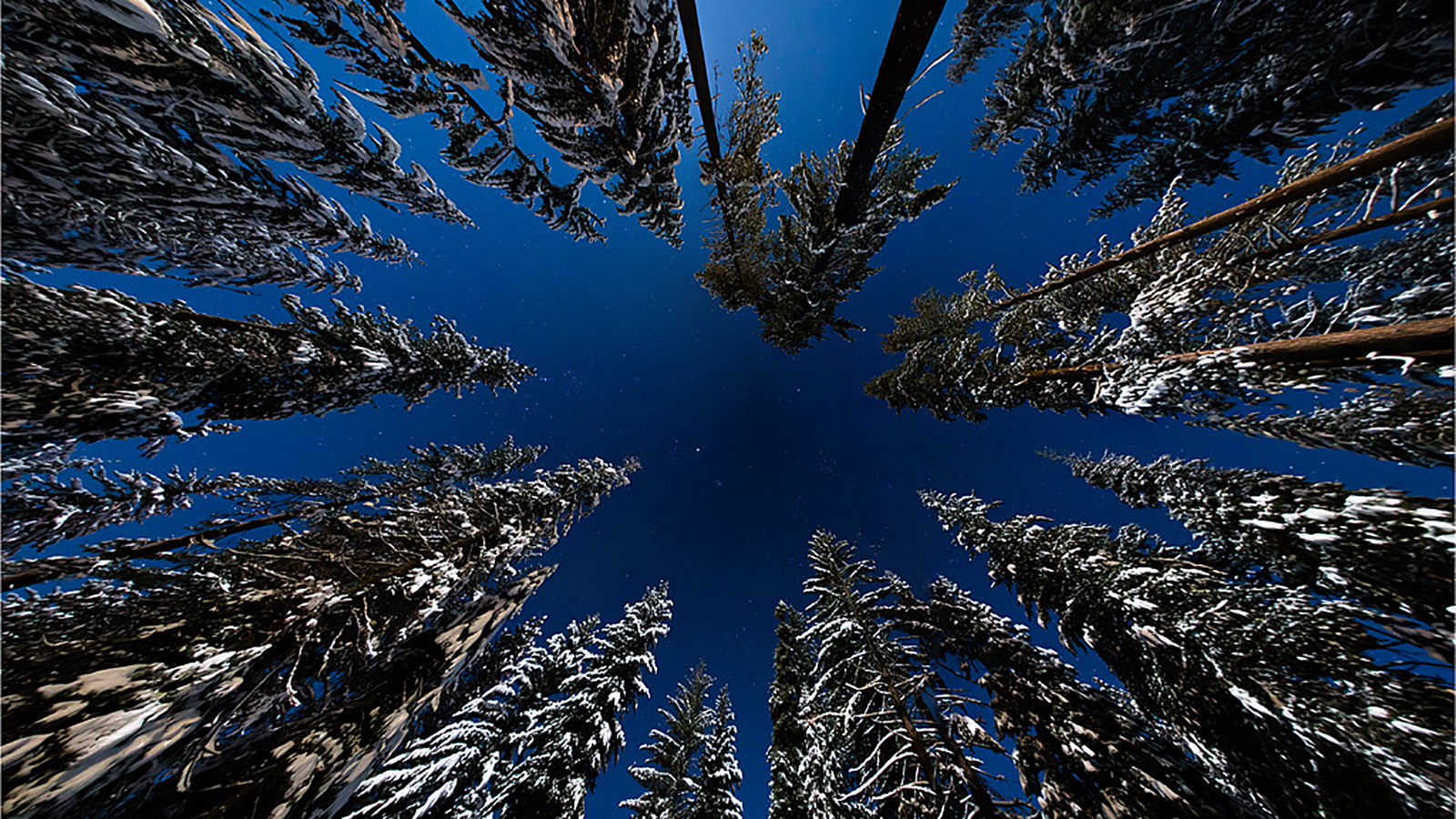
Scientists are just beginning to understand how interconnected our forests are.
Beneath your feet, deep under the forest floor, tree roots are connected to one another via threadlike fungi. These threads link up almost every tree in the forest — even trees of different species.
Trees share carbon, water and nutrients through these fungal networks, often flowing from the biggest, oldest trees to the smallest and youngest. They can even send chemical alarm signals to warn their neighbors of danger — for example, from nearby hungry insects.
The community formed by a forest helps trees survive and thrive. A dying tree will gift its neighbors a share of its carbon before it goes. A tree seedling that’s connected is more likely to live and grow than one that’s been severed from its community.
Forests and the trees that live in them work together and even warn each other of danger. But these trees can’t protect each other from the dangers of logging. That’s up to us to prevent.
Our planet is losing 15 billion trees per year to the timber industry— and closer to home, the boreal forest is cut down at a rate of one and a half football fields of forest every minute, just to make products like softer toilet paper.
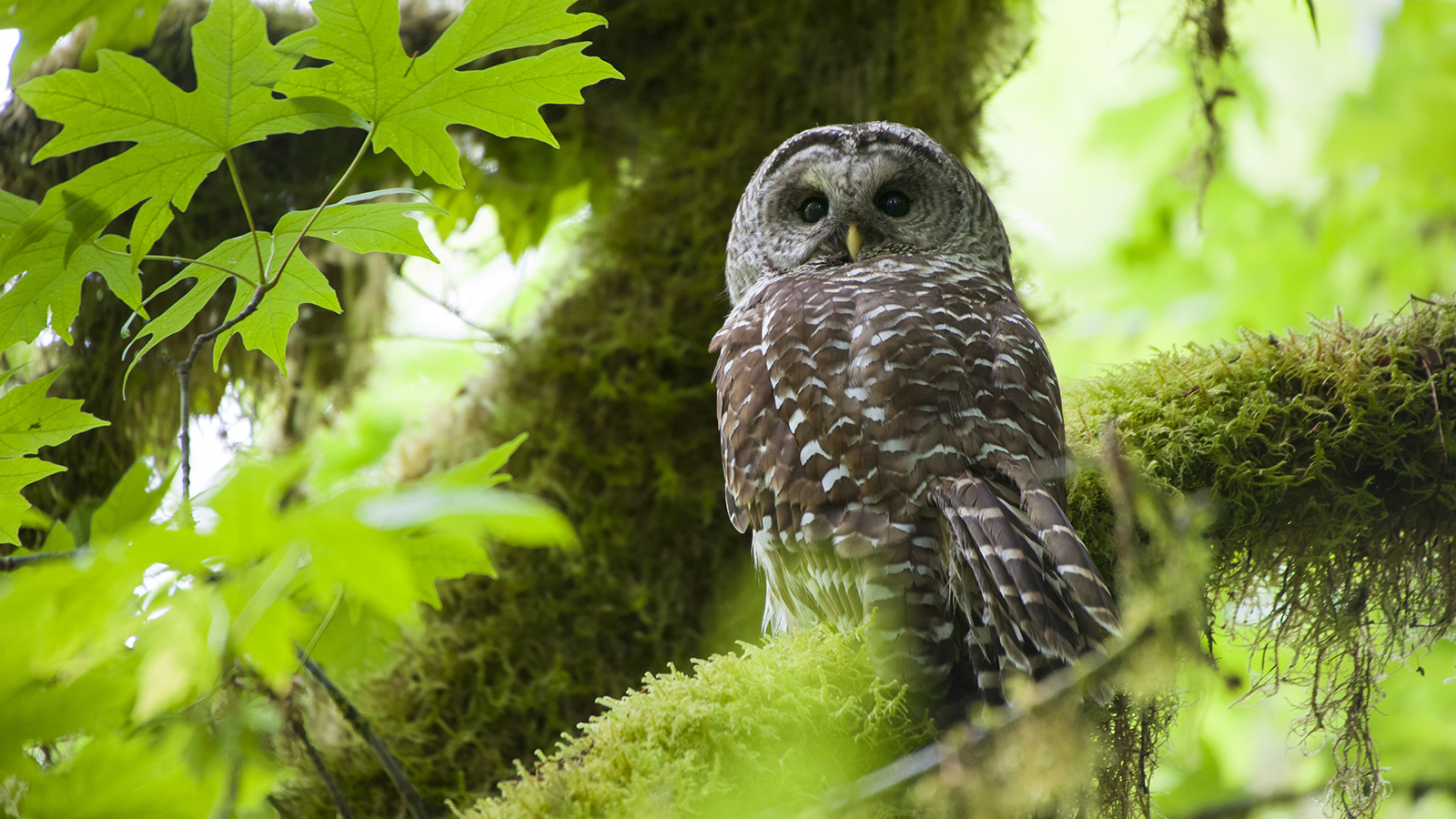
Our forests are essential, and not only for their own sake.
They shelter wildlife — everything from grizzly bears and gray wolves to deer, red squirrels, great horned owls and more. They absorb carbon from our atmosphere, helping to shield us from the harshest impacts of climate change.
In return, Environment Michigan and our national network are doing all we can do to keep our forests standing tall.
- We helped win the Roadless Rule in 2001 to protect our forests from logging. Our members and supporters delivered nearly 700,000 public comments in favor of the rule — nearly half of all comments submitted — and we’ve continued to defend it ever since.
- We’re working to permanently safeguard roadless areas in the Tongass National Forest. The Tongass is the largest intact temperate rainforest in the world, and with the support of our members, we’re working to keep its ancient trees standing.
- We’re campaigning to protect the boreal forest. Stretching across Alaska and Canada, the boreal is being logged at a rate of 1 million acres per year, just to turn these trees into toilet paper. We’re calling on corporations including Costco to stop selling products that contribute to its deforestation.
Forest communities are counting on our community to keep them standing tall. Will you donate to our Giving Tuesday drive to help save our forests?
Topics
Find Out More

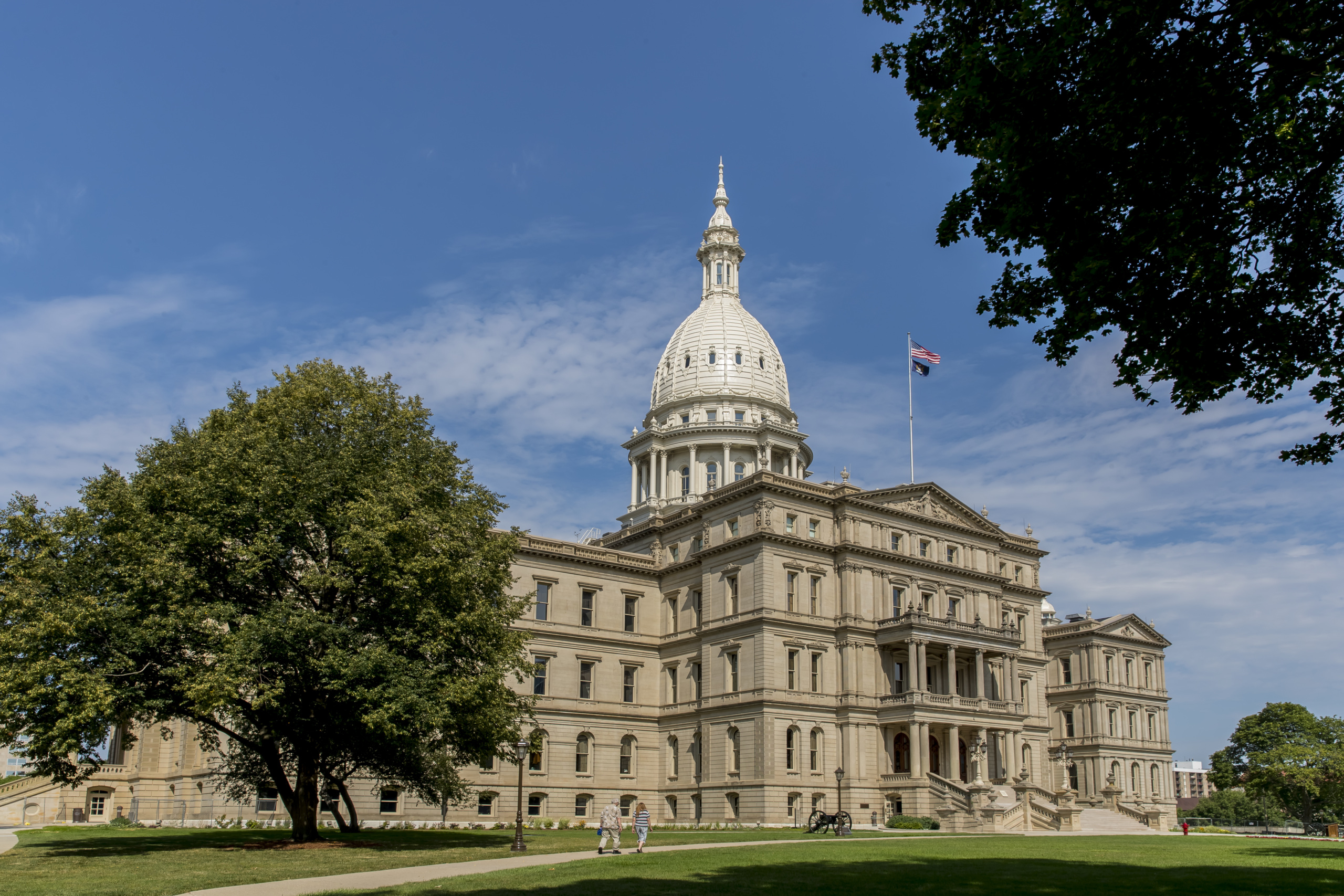
Environment Michigan’s Program Agenda for 2024
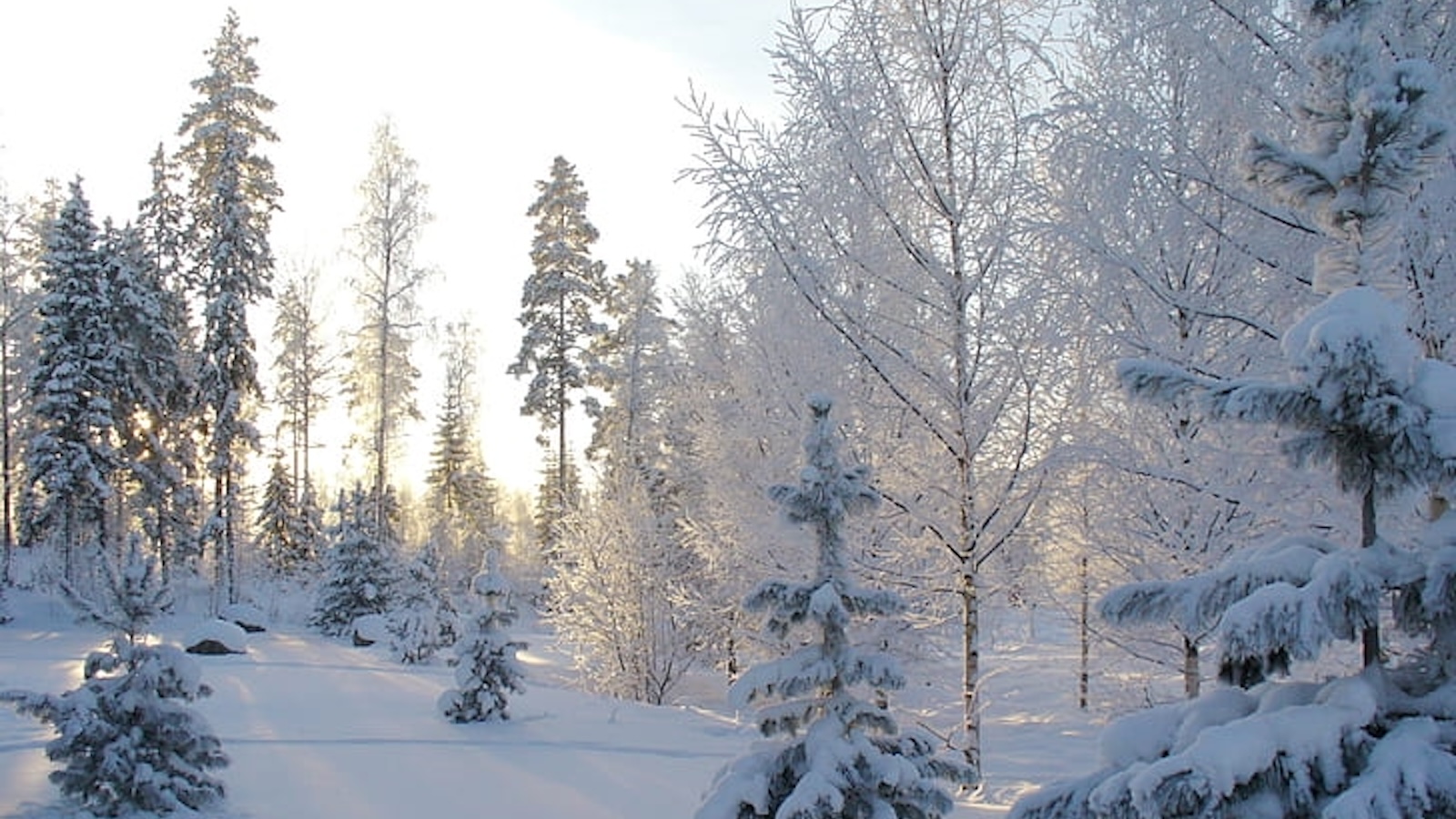
Five of the biggest wins for wildlife and wild places in 2023
